Home>Gardening & Outdoor>Landscaping Ideas>How To Grow Grass In Oklahoma


Landscaping Ideas
How To Grow Grass In Oklahoma
Modified: February 18, 2024
Learn the best landscaping ideas for growing grass in Oklahoma. Discover expert tips and techniques for a lush, green lawn in any season.
(Many of the links in this article redirect to a specific reviewed product. Your purchase of these products through affiliate links helps to generate commission for Storables.com, at no extra cost. Learn more)
Introduction
Welcome to the Sooner State, where the land stretches from the rolling prairies in the east to the high plains in the west. Oklahoma's diverse landscapes and varying climate make it a unique challenge for landscaping enthusiasts, especially when it comes to cultivating a lush, green lawn. In this guide, we'll explore the art and science of growing grass in Oklahoma, offering valuable insights and practical tips to help you achieve a vibrant and resilient lawn.
Oklahoma's climate is characterized by hot summers, occasional droughts, and unpredictable weather patterns. These environmental factors pose significant challenges for maintaining healthy grass, but with the right knowledge and strategies, you can create a stunning lawn that thrives in the Sooner State.
Whether you're a homeowner, a landscaping professional, or simply someone who takes pride in their outdoor space, this comprehensive guide will equip you with the essential information to grow and maintain a beautiful lawn in Oklahoma. From understanding the local climate to selecting the most suitable grass varieties, preparing the soil, and overcoming common challenges, we'll cover every aspect of grass cultivation with a focus on the unique conditions of this vibrant state.
So, roll up your sleeves, grab your gardening tools, and let's embark on a journey to transform your outdoor space into a verdant oasis. With the right approach and a touch of determination, you can cultivate a lush, resilient lawn that enhances the beauty of your property and provides a welcoming setting for outdoor activities and relaxation. Let's dive into the fascinating world of growing grass in Oklahoma and unlock the secrets to a thriving, picture-perfect lawn.
Key Takeaways:
- Growing a lush lawn in Oklahoma requires choosing the right grass varieties, preparing the soil, and implementing strategic watering and maintenance practices to thrive in the state’s dynamic climate.
- Addressing common issues like compacted soil, lawn diseases, pest infestations, and weed encroachment with a proactive approach is crucial for preserving the health and beauty of your Oklahoma lawn.
Read more: How To Grow Wheatgrass
Understanding the Oklahoma Climate
Before delving into the specifics of growing grass in Oklahoma, it’s essential to grasp the unique characteristics of the state’s climate. Oklahoma experiences a blend of continental and subtropical climates, resulting in hot, humid summers and cool, dry winters. The state is also prone to severe weather events, including thunderstorms, tornadoes, and occasional droughts, all of which can impact the health and vitality of your lawn.
Summers in Oklahoma are typically hot and muggy, with temperatures often soaring above 90°F (32°C). These prolonged periods of heat and humidity can place significant stress on grass, especially varieties that are not well-adapted to such conditions. Additionally, the state’s susceptibility to drought means that water conservation is a crucial consideration for lawn maintenance, as maintaining lush, green grass during dry spells can be a considerable challenge.
Conversely, Oklahoma’s winters are relatively mild, with average temperatures ranging from 30°F to 50°F (-1°C to 10°C). While snowfall is not uncommon, particularly in the northwestern region of the state, it generally melts quickly, and the primary concern for lawns during this season is ensuring their resilience to cooler temperatures and occasional frost.
Understanding the nuances of Oklahoma’s climate is paramount when selecting grass varieties and implementing maintenance practices. By choosing grass species that are well-suited to the state’s weather patterns and soil conditions, you can establish a lawn that not only survives but thrives in the face of Oklahoma’s climatic challenges.
Now that we’ve gained insight into the climate of Oklahoma, the next step is to explore the most suitable grass varieties for this dynamic environment. By selecting the right type of grass, you can lay a solid foundation for a resilient and visually appealing lawn that withstands the rigors of the Sooner State’s climate.
Choosing the Right Grass Varieties
When it comes to cultivating a thriving lawn in Oklahoma, selecting the appropriate grass varieties is a critical decision that significantly influences the long-term success of your landscaping efforts. Given the state’s diverse climate and soil conditions, it’s essential to choose grass species that demonstrate resilience, adaptability, and the capacity to thrive in the face of Oklahoma’s unique environmental challenges.
Two primary categories of grasses are well-suited to Oklahoma’s climate: warm-season grasses and cool-season grasses. Warm-season grasses, such as Bermuda grass, Zoysia grass, and Buffalo grass, are particularly well-adapted to the hot, humid summers and occasional droughts that characterize the state’s weather. These grasses exhibit excellent heat tolerance and can maintain their vibrant green color during the summer months, making them popular choices for lawns in Oklahoma.
Cool-season grasses, including Kentucky bluegrass, fescue, and ryegrass, thrive in the cooler temperatures of fall, winter, and early spring. While they may struggle during the scorching summers, they can provide year-round greenery when overseeded onto warm-season grasses to maintain a lush appearance in the cooler months.
Considering the prevalence of hot summers and occasional water restrictions in Oklahoma, warm-season grasses often emerge as the preferred choice for many homeowners and landscapers. Bermuda grass, in particular, is renowned for its exceptional heat tolerance, rapid growth, and ability to recover quickly from foot traffic and other stressors, making it a popular and reliable option for lawns in the state.
It’s important to note that within each category of grasses, there are various cultivars and hybrids, each with its unique attributes and considerations. Factors such as shade tolerance, water requirements, and maintenance demands should be carefully evaluated when choosing the right grass variety for your specific lawn and landscaping goals.
Ultimately, the selection of grass varieties should be guided by a thorough understanding of your local climate, soil composition, and the intended use of the lawn. By choosing grasses that align with Oklahoma’s climatic conditions and your maintenance preferences, you can establish a resilient, visually appealing lawn that enhances the beauty and functionality of your outdoor space.
With the grass varieties selected, the next step in the journey of growing a stunning lawn in Oklahoma involves preparing the soil to create an optimal environment for healthy grass growth. We’ll delve into the essential practices and considerations for soil preparation, laying the groundwork for a thriving and verdant lawn that flourishes in the Sooner State’s dynamic climate.
Preparing the Soil
The foundation of a healthy and vibrant lawn in Oklahoma lies beneath the surface, within the soil itself. Proper soil preparation is a fundamental step in creating an optimal environment for grass growth, ensuring that the turf receives essential nutrients, retains moisture, and establishes robust root systems to withstand the challenges of the state’s climate.
Before seeding or laying sod, it’s crucial to assess the composition of the soil and address any deficiencies or imbalances that may hinder the healthy establishment of grass. Oklahoma’s soil types vary across the state, with common classifications including clay, loam, and sand. Understanding the characteristics of your specific soil type is essential for implementing targeted soil preparation techniques that promote successful grass growth.
For clay soils, which are prevalent in many regions of Oklahoma, incorporating organic matter such as compost or well-rotted manure can improve drainage and soil structure, preventing waterlogging and promoting aeration. Loam soils, with their balanced combination of sand, silt, and clay, generally offer good growing conditions for grass but may benefit from the addition of organic amendments to enrich the soil and enhance its fertility.
In contrast, sandy soils, which are well-draining but often nutrient-deficient, can be amended with organic matter to increase water and nutrient retention, providing a more favorable environment for healthy grass growth. Conducting a soil test can offer valuable insights into the specific needs of your soil, guiding the application of amendments and fertilizers tailored to your lawn’s requirements.
Once the soil composition has been evaluated and any necessary amendments have been incorporated, the next step in soil preparation involves proper grading and leveling of the terrain. Smooth, even surfaces facilitate uniform grass growth and mowing, contributing to the overall aesthetics and manageability of the lawn. Addressing any slopes, depressions, or irregularities in the terrain ensures that water is distributed evenly and that the grass receives consistent access to essential resources.
In addition to grading, the practice of aerating the soil can significantly benefit grass growth in Oklahoma. Core aeration, which involves removing small plugs of soil from the lawn, alleviates compaction, improves air circulation to the roots, and enhances the penetration of water and nutrients into the soil. This process is particularly beneficial for clay soils and lawns that experience heavy foot traffic, promoting healthier and more resilient turf.
By implementing thorough soil preparation practices tailored to the specific characteristics of your lawn and the prevailing soil conditions, you can establish an optimal foundation for healthy grass growth in Oklahoma. With the soil primed and ready, the next steps involve seeding or sodding the lawn, initiating a regimen of watering and maintenance, and nurturing the grass to maturity.
Now that we’ve laid the groundwork for healthy grass growth through soil preparation, the next phase of the journey involves the essential steps of seeding and sowing, setting the stage for a lush and resilient lawn that thrives in Oklahoma’s dynamic climate.
Choose a grass variety that is well-suited for Oklahoma’s climate, such as Bermuda or Zoysia. Plant in the spring or fall, water deeply and infrequently, and fertilize according to soil test results.
Seeding and Sowing
As you embark on the journey of establishing a vibrant and resilient lawn in Oklahoma, the process of seeding and sowing represents a pivotal stage in bringing your landscaping vision to life. Whether you’re starting from scratch or overseeding an existing lawn, the careful selection and application of grass seeds are essential for fostering healthy, lush turf that can withstand the challenges of the state’s climate.
Before sowing the seeds, it’s imperative to choose a high-quality grass seed blend that aligns with Oklahoma’s climate and your specific lawn requirements. For warm-season grasses, such as Bermuda grass or Zoysia grass, selecting certified seed varieties renowned for their heat tolerance, disease resistance, and overall adaptability to the region’s environmental conditions is paramount. Similarly, if overseeding with cool-season grasses like Kentucky bluegrass or fescue, opt for premium seed blends that exhibit resilience to cooler temperatures and provide year-round greenery.
When sowing the seeds, proper timing is crucial for maximizing their germination and establishment. In Oklahoma, the optimal time for seeding warm-season grasses is during late spring or early summer when soil temperatures are consistently warm, promoting rapid and robust seedling growth. Cool-season grasses, on the other hand, should be sown in early fall to take advantage of the milder temperatures and increased moisture, facilitating successful germination and development.
Prior to seeding, preparing the soil to create a receptive bed for the seeds is essential for their successful establishment. Raking the soil to create a fine, level surface and ensuring good seed-to-soil contact promotes germination and accelerates the emergence of healthy grass seedlings. Additionally, protecting the newly sown seeds from birds, wind, and water erosion by applying a light layer of mulch or straw can enhance their chances of successful germination and early growth.
Once the seeds have been sown and adequately protected, consistent and gentle watering is crucial to support their germination and early development. Avoiding heavy irrigation that could dislodge the seeds or create waterlogged conditions, while ensuring that the soil remains consistently moist, is essential for nurturing the seeds into robust seedlings that form the basis of a lush and resilient lawn.
For those opting for the convenience and immediacy of sod installation, the process involves laying pre-grown grass turf onto prepared soil, providing an instant lawn that can be enjoyed and admired almost immediately. Sodding is particularly advantageous for homeowners seeking a rapid transformation of their outdoor space, offering an established lawn with mature grass that can quickly withstand the rigors of the Oklahoma climate.
By approaching the process of seeding and sowing with care, attention to timing, and the selection of high-quality grass seed or sod, you can lay the groundwork for a lush and resilient lawn that flourishes in Oklahoma’s dynamic climate. With the seeds sown or the sod laid, the next crucial step involves nurturing the grass through consistent watering and maintenance, fostering its growth and vitality as it matures into a stunning and inviting lawn.
Next, we’ll explore the essential practices of watering and maintenance, guiding you through the ongoing care and attention that will ensure the long-term health and beauty of your Oklahoma lawn.
Read more: How To Grow Lemongrass Plant
Watering and Maintenance
As your newly seeded lawn begins to take root and your sodded grass establishes itself, the practices of watering and maintenance play a pivotal role in nurturing the health and vibrancy of your lawn in the dynamic climate of Oklahoma. Proper watering, regular mowing, fertilization, and vigilant pest and weed control are essential components of maintaining a resilient and visually appealing lawn that thrives in the face of the state’s climatic challenges.
Watering represents a critical aspect of lawn care, particularly in Oklahoma’s hot and often arid climate. During the initial establishment phase, consistent and gentle watering is essential to support the germination and early growth of grass seeds or the integration of sod into the soil. For newly seeded lawns, light and frequent watering to keep the soil consistently moist without creating waterlogged conditions promotes the development of healthy and robust seedlings.
As the grass matures, transitioning to a deeper and less frequent watering schedule encourages the development of strong and resilient root systems, enabling the turf to withstand periods of heat and drought. Watering in the early morning hours minimizes water loss through evaporation and allows the grass blades to dry during the day, reducing the risk of fungal diseases and promoting overall lawn health.
Regular mowing is another integral aspect of lawn maintenance, contributing to the aesthetic appeal and the overall health of the grass. Adjusting the mower height to maintain the recommended grass height for your chosen variety, avoiding the removal of more than one-third of the grass blade length in a single mowing session, and using sharp blades to ensure clean cuts all contribute to the health and vigor of your lawn.
Fertilization, tailored to the specific needs of your grass type and the prevailing soil conditions, provides essential nutrients that support healthy growth and resilience. Understanding the appropriate timing and formulation of fertilizers, as well as conducting soil tests to inform your fertilization regimen, ensures that your lawn receives the nourishment it needs to thrive in Oklahoma’s dynamic climate.
Vigilant pest control and weed management are crucial for preserving the health and visual appeal of your lawn. Monitoring for signs of pests, such as grubs or chinch bugs, and promptly addressing any infestations mitigates the risk of damage to the grass. Similarly, implementing proactive weed control measures, such as targeted herbicide applications and regular removal of invasive plants, prevents competition for essential resources and preserves the uniformity of the lawn.
By approaching watering and maintenance with diligence and a focus on the specific needs of your grass type and local climate, you can cultivate a lush and resilient lawn that enhances the beauty and functionality of your outdoor space in Oklahoma. With attentive care and the implementation of best practices for lawn maintenance, you can enjoy a verdant oasis that thrives in the face of the state’s climatic challenges.
Next, we’ll address the common issues and challenges that may arise in the process of growing and maintaining a lawn in Oklahoma, equipping you with the knowledge and strategies to overcome these obstacles and preserve the health and beauty of your outdoor space.
Dealing with Common Issues
While cultivating a lush and resilient lawn in Oklahoma is a rewarding endeavor, it’s essential to be prepared for the common issues and challenges that may arise along the way. Understanding and addressing potential obstacles, such as compacted soil, lawn diseases, and pest infestations, empowers you to preserve the health and beauty of your outdoor space and maintain a vibrant lawn that thrives in the dynamic climate of the Sooner State.
Compacted soil, often exacerbated by heavy foot traffic or construction activities, can hinder the growth of grass roots and impede the penetration of water and essential nutrients. Core aeration, which involves removing small plugs of soil from the lawn, alleviates compaction and promotes improved air circulation, water infiltration, and root development. Conducting aeration in the spring or fall contributes to the overall health and resilience of the grass, particularly in clay soils prevalent in many regions of Oklahoma.
Lawn diseases, such as brown patch or dollar spot, can pose significant challenges to the health and appearance of your grass, particularly during periods of high humidity and warm temperatures. Implementing cultural practices that promote good airflow and reduce moisture on the grass blades, such as avoiding excessive irrigation and mowing when the grass is wet, can mitigate the risk of disease development. Additionally, applying fungicides as a preventive measure or in response to early signs of disease can help safeguard the health of your lawn.
Pest infestations, ranging from grubs and chinch bugs to armyworms and sod webworms, can cause extensive damage to the grass if left unchecked. Monitoring for signs of pest activity, such as irregular patches of wilting or discolored grass, and applying targeted insecticides when necessary can effectively manage infestations and protect the vitality of your lawn. Furthermore, promoting a healthy and resilient turf through proper watering, mowing, and fertilization practices can bolster the grass’s natural defenses against pests.
Weed encroachment, a common concern for many lawn enthusiasts, can disrupt the uniformity and visual appeal of the grass. Implementing proactive weed control measures, such as targeted herbicide applications and regular removal of invasive plants, prevents competition for essential resources and preserves the lushness of the lawn. Additionally, maintaining a dense and healthy turf through proper watering, fertilization, and mowing practices creates an inhospitable environment for weed establishment and proliferation.
By addressing common issues such as compacted soil, lawn diseases, pest infestations, and weed encroachment with a proactive and informed approach, you can safeguard the health and beauty of your lawn in Oklahoma. Equipped with the knowledge and strategies to overcome these challenges, you can cultivate a resilient and visually appealing outdoor space that thrives in the face of the state’s climatic nuances.
With a comprehensive understanding of the essential practices and considerations for growing and maintaining a stunning lawn in Oklahoma, you are well-equipped to transform your outdoor space into a verdant oasis that enhances the beauty of your property and provides a welcoming setting for outdoor activities and relaxation. By combining the right grass varieties, meticulous soil preparation, attentive watering and maintenance, and proactive issue management, you can achieve a thriving and resilient lawn that flourishes in the dynamic climate of the Sooner State.
Now, armed with this knowledge, it’s time to embark on your journey to create a stunning and enduring lawn that reflects the unique charm and resilience of Oklahoma’s landscapes.
Conclusion
Congratulations on embarking on the enriching and rewarding journey of cultivating a stunning and enduring lawn in the vibrant state of Oklahoma. By delving into the intricacies of the local climate, carefully selecting the right grass varieties, preparing the soil, and implementing best practices for seeding, watering, and maintenance, you have laid a solid foundation for a resilient and visually appealing outdoor space that thrives in the face of the state’s climatic challenges.
Oklahoma’s dynamic climate, characterized by hot summers, occasional droughts, and unpredictable weather patterns, presents unique considerations for lawn enthusiasts. The selection of warm-season grasses, such as Bermuda grass and Zoysia grass, tailored soil preparation techniques, and strategic watering and maintenance practices are essential components of creating a lush and resilient lawn that flourishes in this dynamic environment.
As you navigate the process of growing and maintaining your lawn, it’s important to remain attentive to the common issues and challenges that may arise, such as compacted soil, lawn diseases, pest infestations, and weed encroachment. By addressing these obstacles with a proactive and informed approach, you can preserve the health and beauty of your outdoor space and ensure the long-term vitality of your lawn.
Ultimately, the journey of growing a stunning lawn in Oklahoma is a testament to your dedication to creating a verdant oasis that enhances the beauty of your property and provides a welcoming setting for outdoor activities and relaxation. Through the fusion of knowledge, creativity, and attentive care, you have the power to transform your outdoor space into a vibrant and enduring landscape that reflects the unique charm and resilience of Oklahoma’s natural beauty.
As you continue to nurture and refine your lawn, remember that each season presents new opportunities for growth, rejuvenation, and the celebration of nature’s ever-changing tapestry. Embrace the evolving character of your outdoor space, adapt your practices to the shifting rhythms of the climate, and revel in the beauty of a landscape that embodies the spirit of the Sooner State.
With the insights and strategies shared in this guide, you are well-equipped to cultivate a thriving and resilient lawn that not only withstands the challenges of Oklahoma’s climate but also becomes a source of pride and joy, enriching your outdoor experiences and creating a welcoming environment for all who share in its beauty.
Now, as you set forth on this horticultural adventure, may the vibrant greenery of your lawn stand as a testament to your dedication, creativity, and reverence for the natural world, embodying the enduring spirit of Oklahoma’s landscapes and the timeless allure of a well-tended outdoor haven.
Frequently Asked Questions about How To Grow Grass In Oklahoma
Was this page helpful?
At Storables.com, we guarantee accurate and reliable information. Our content, validated by Expert Board Contributors, is crafted following stringent Editorial Policies. We're committed to providing you with well-researched, expert-backed insights for all your informational needs.
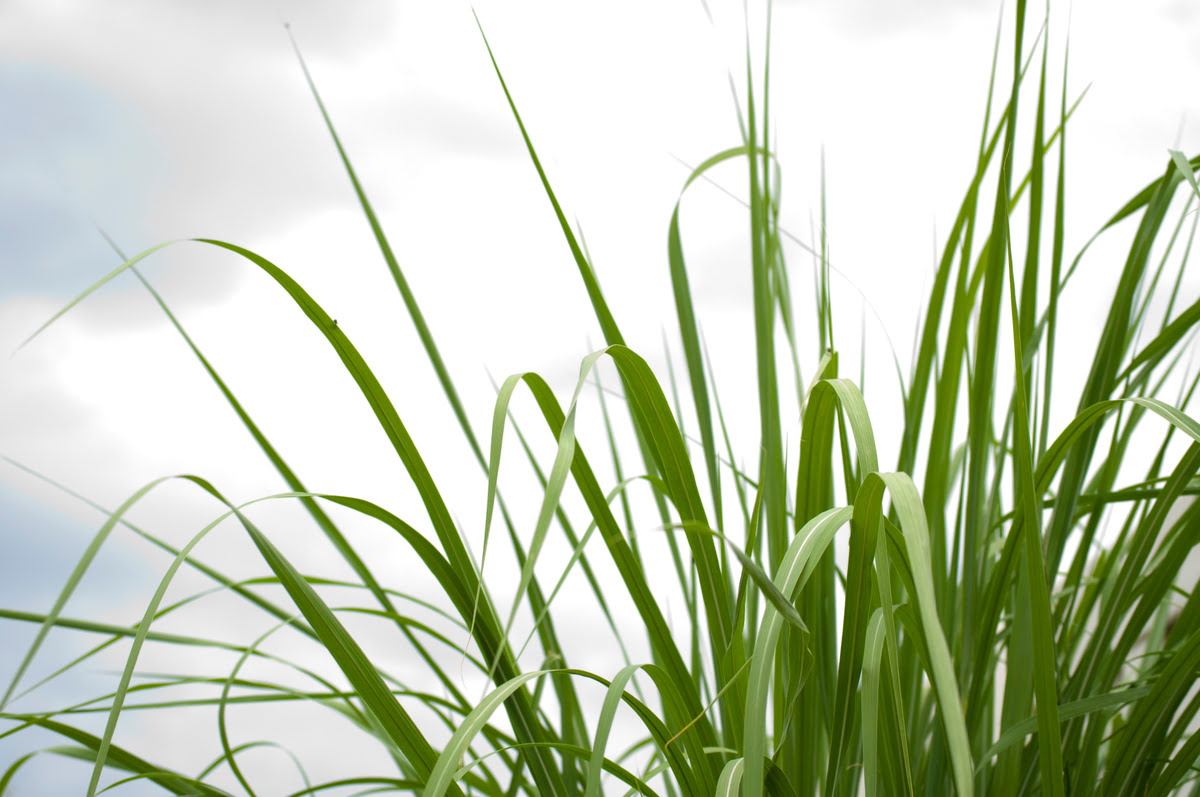
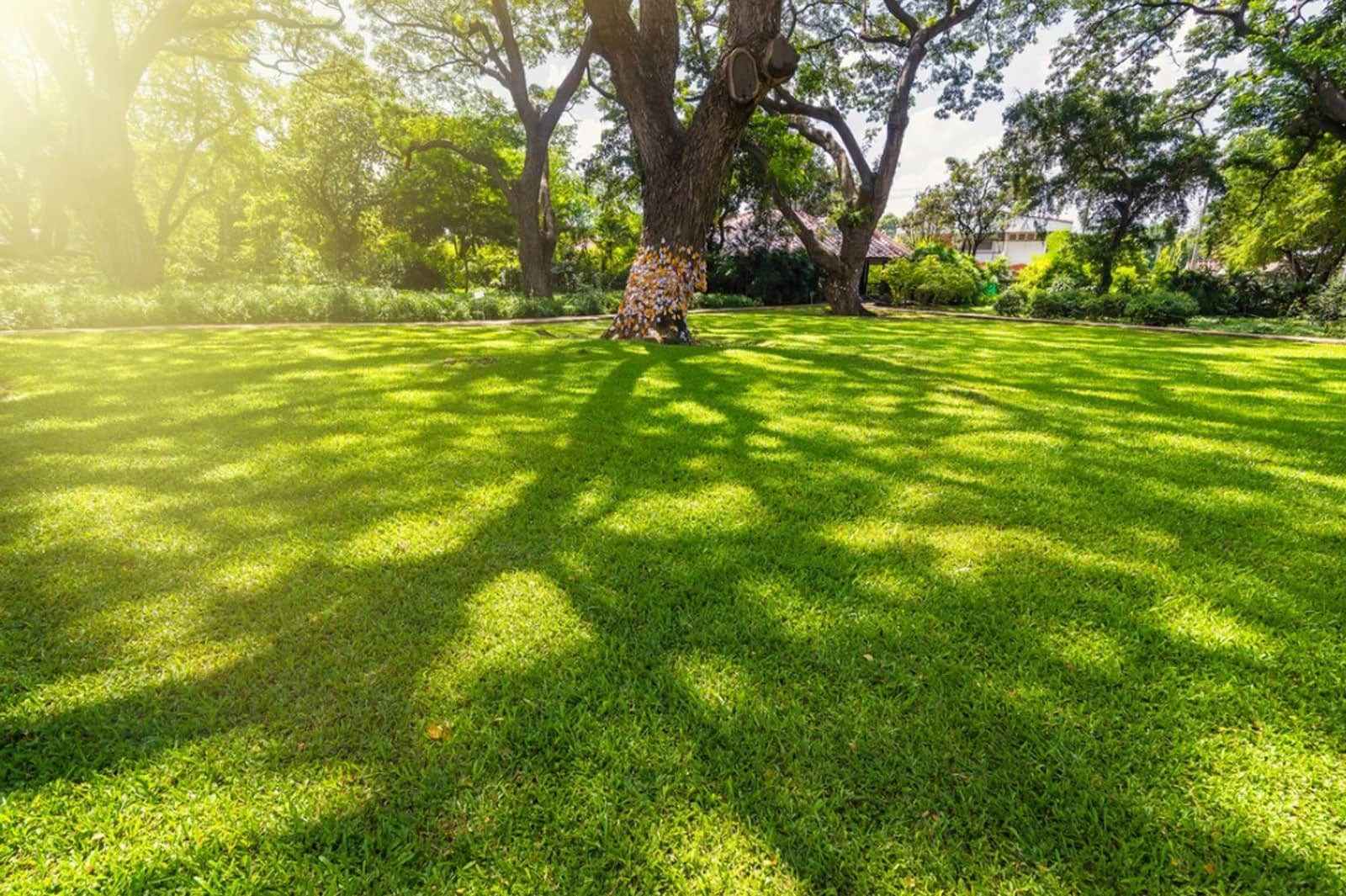
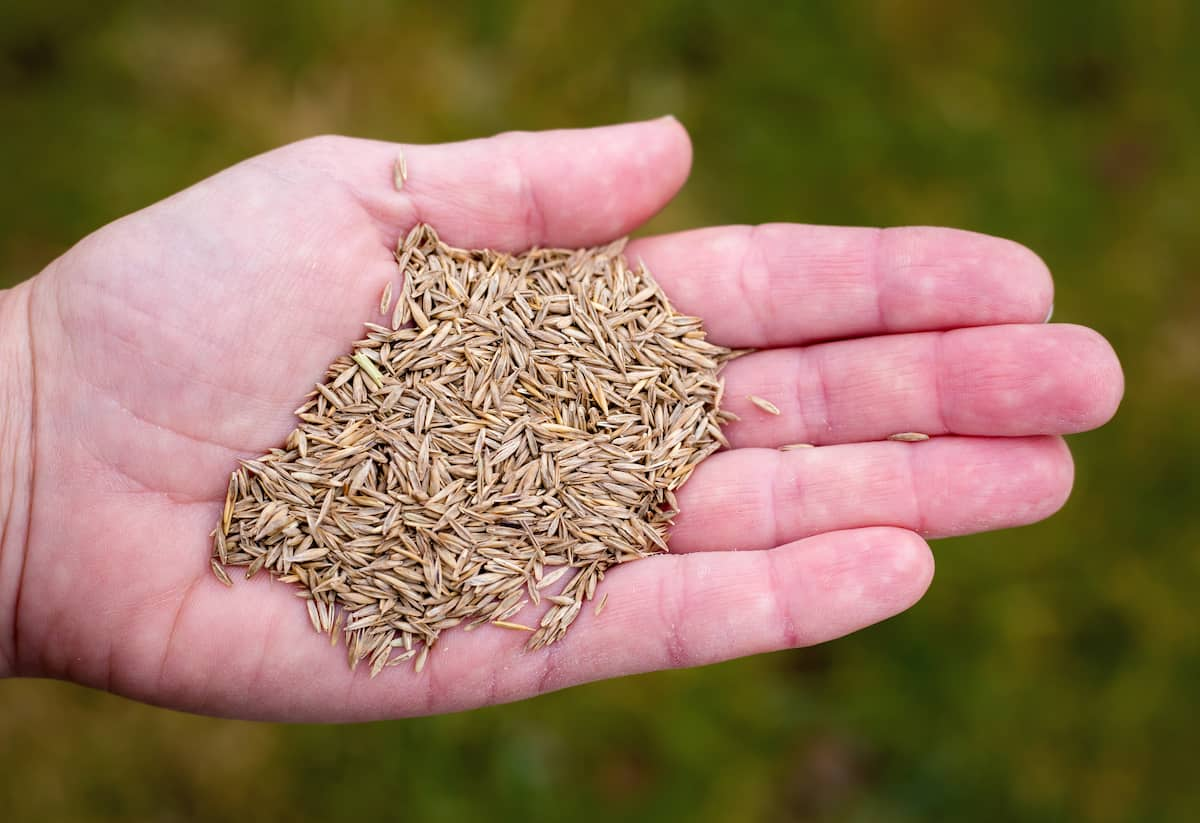
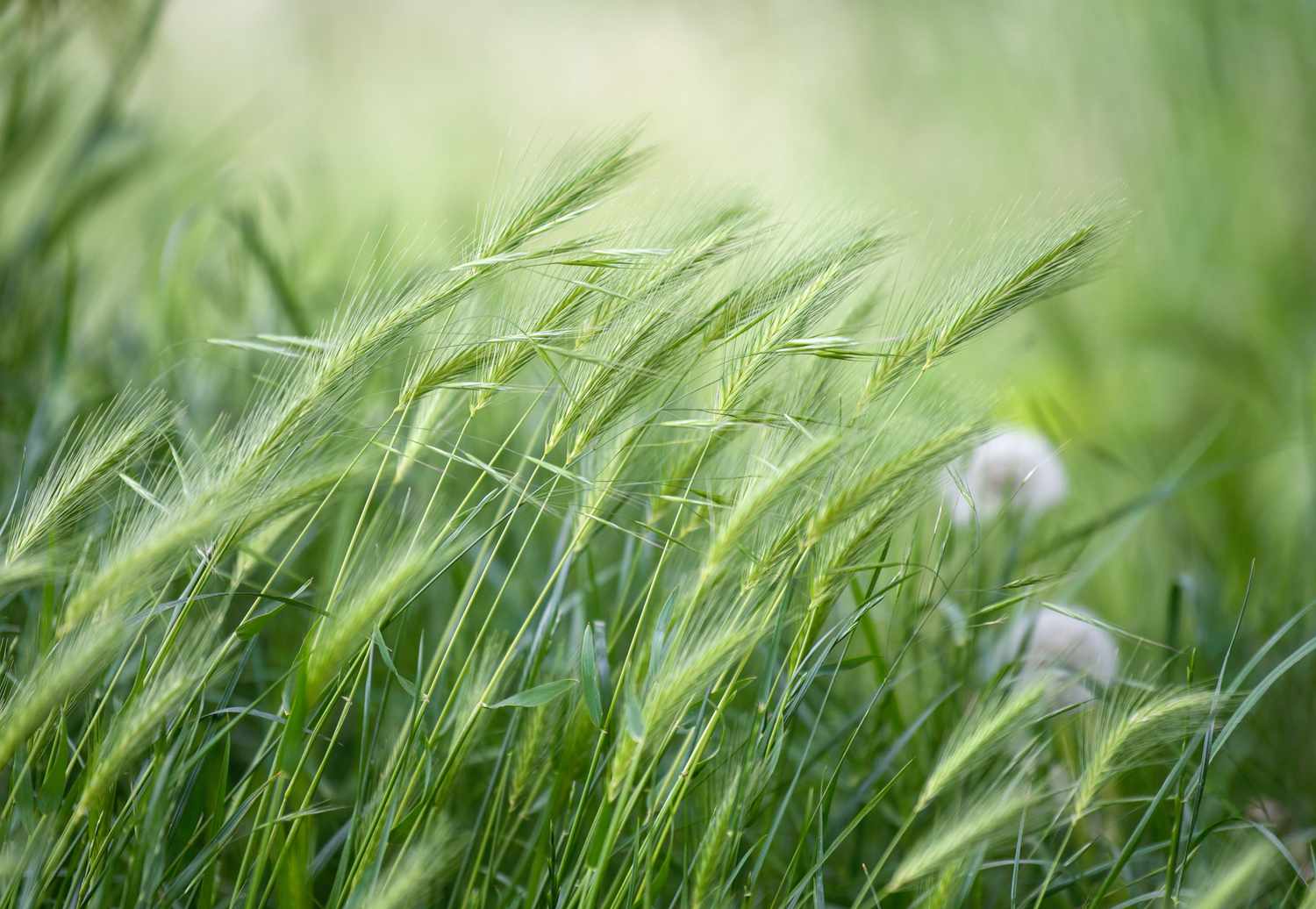

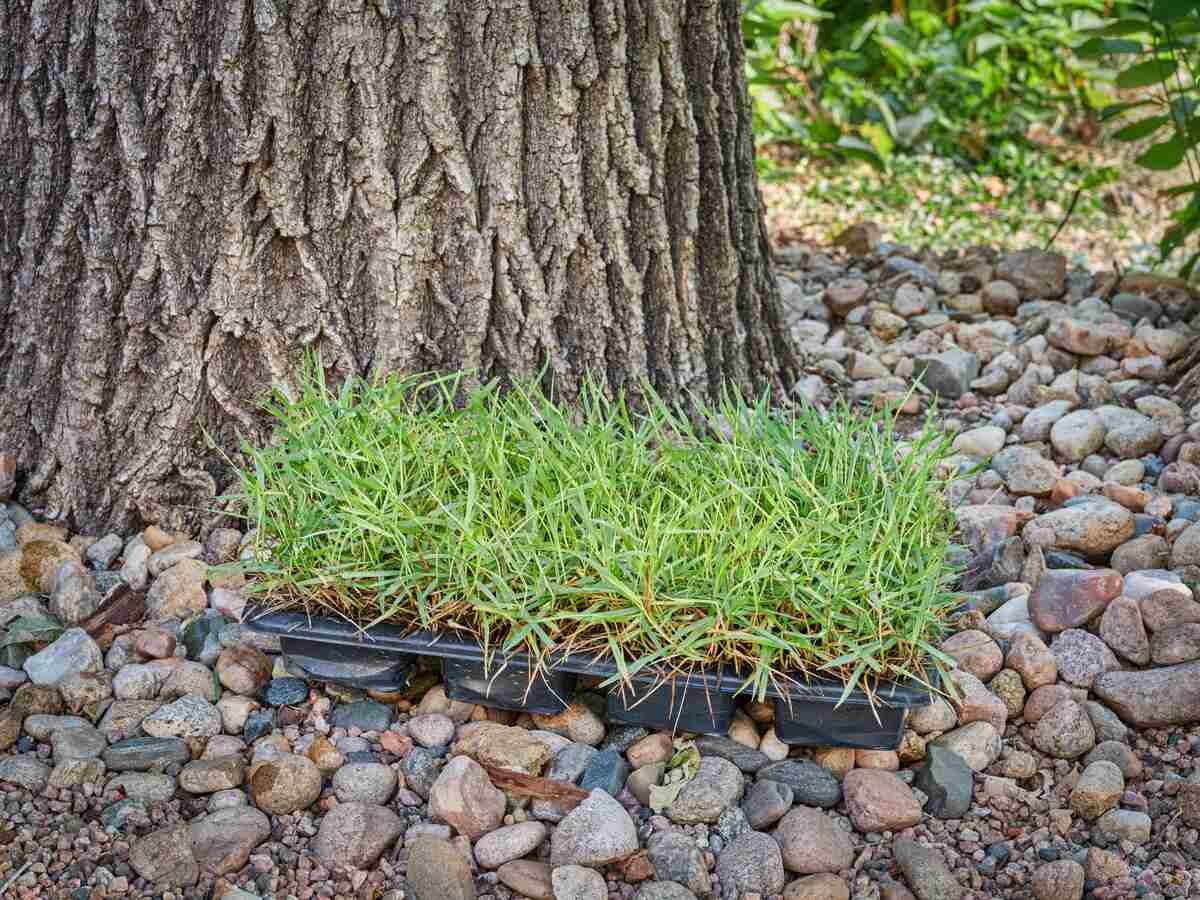
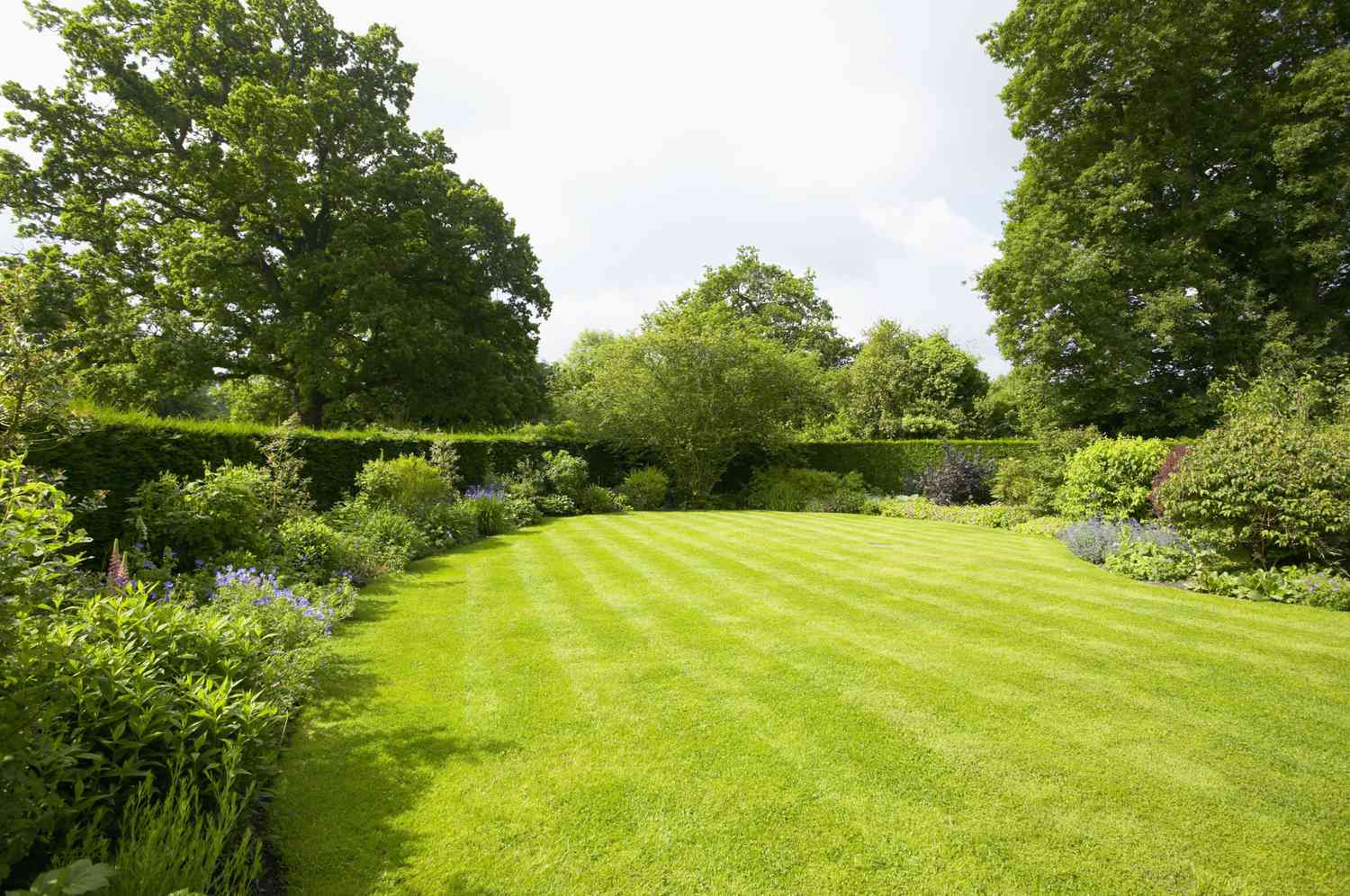
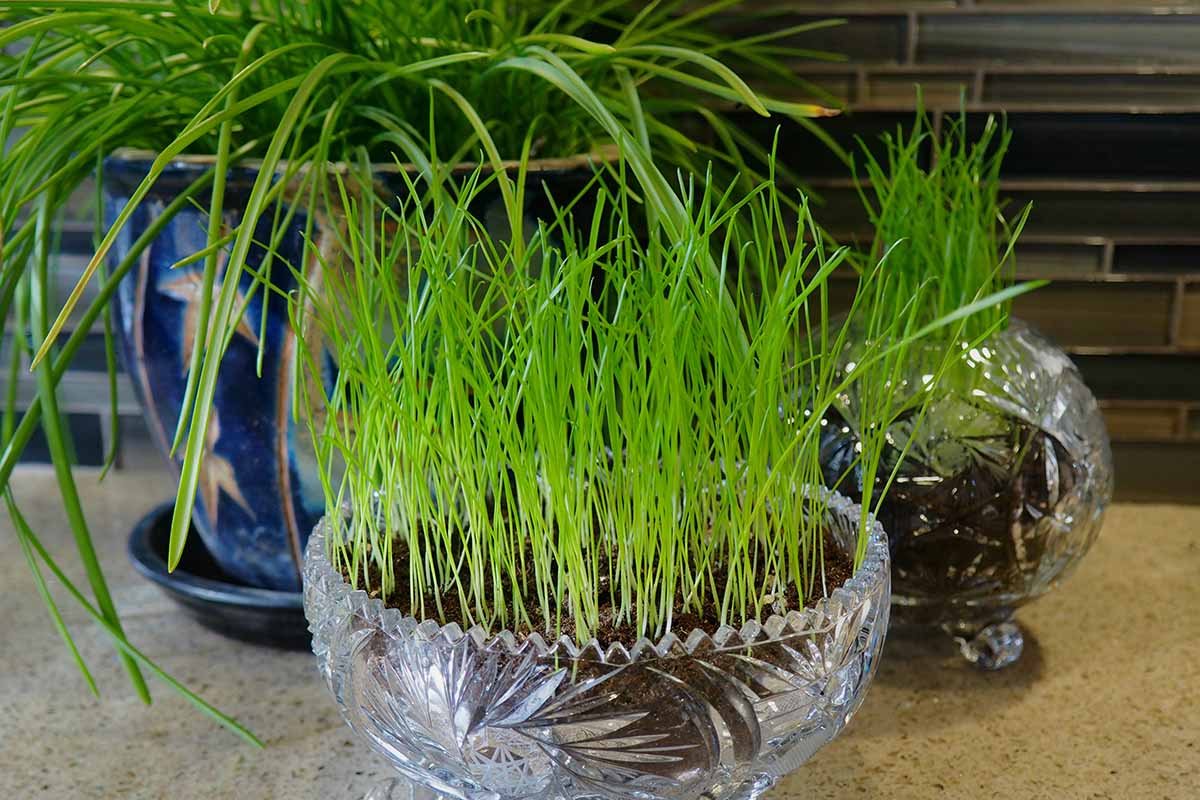
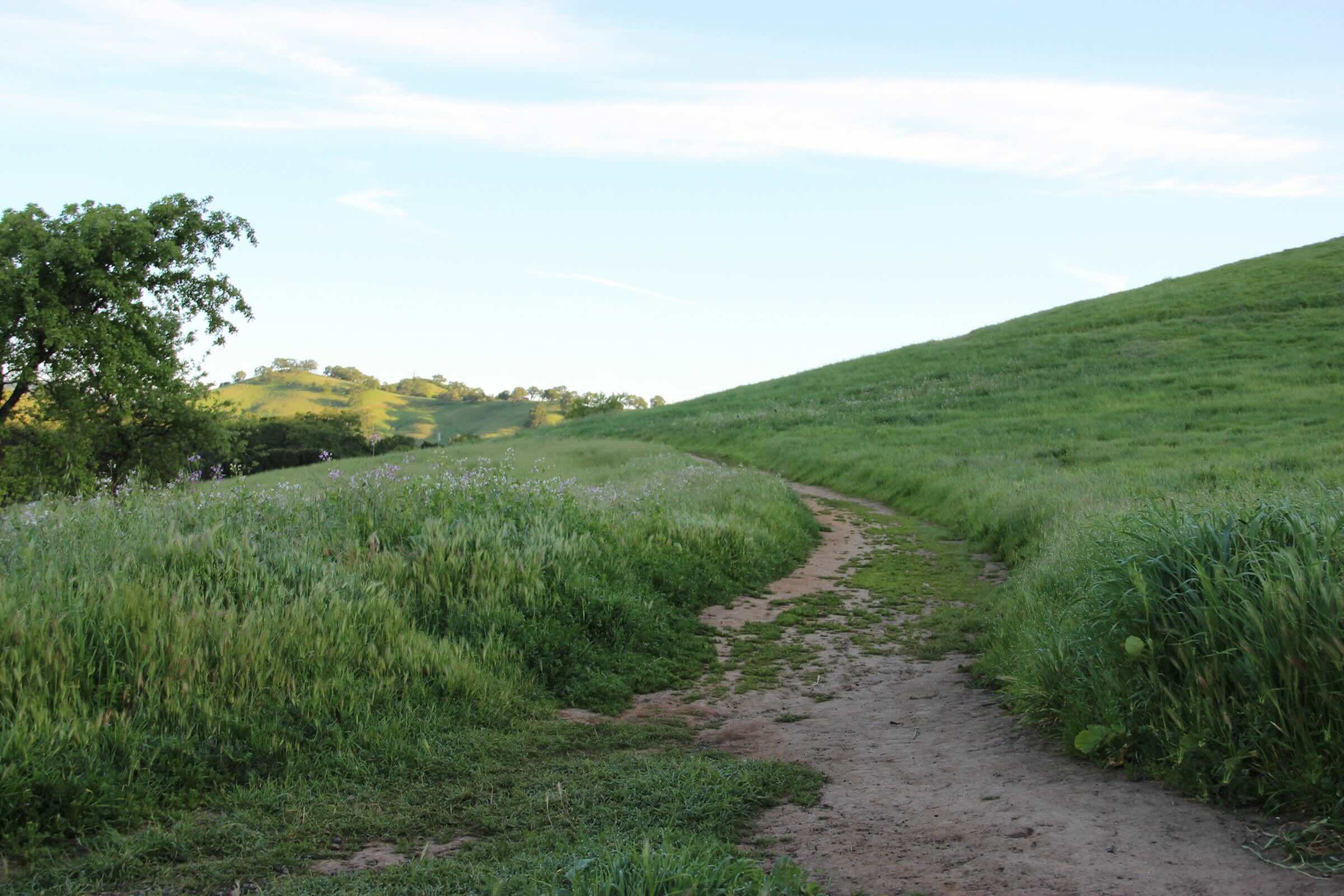
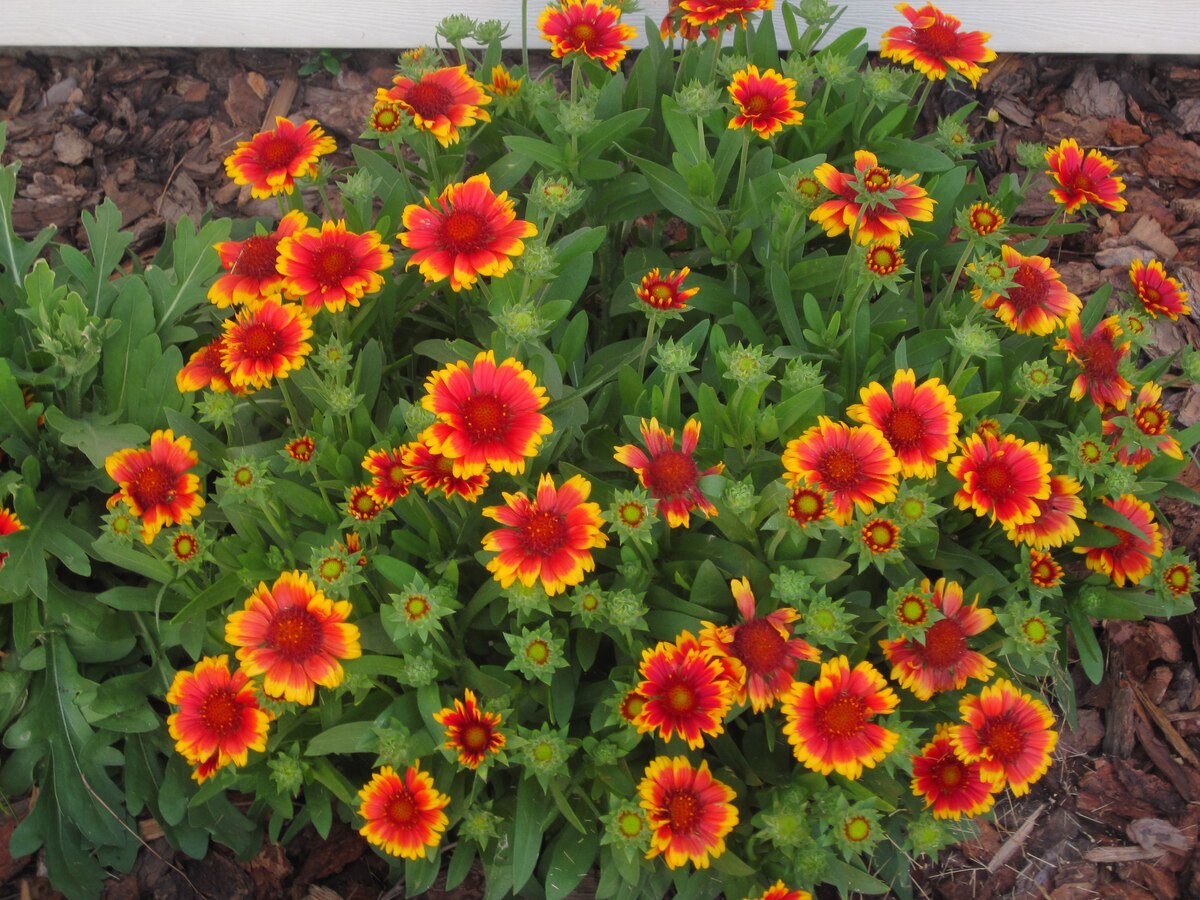
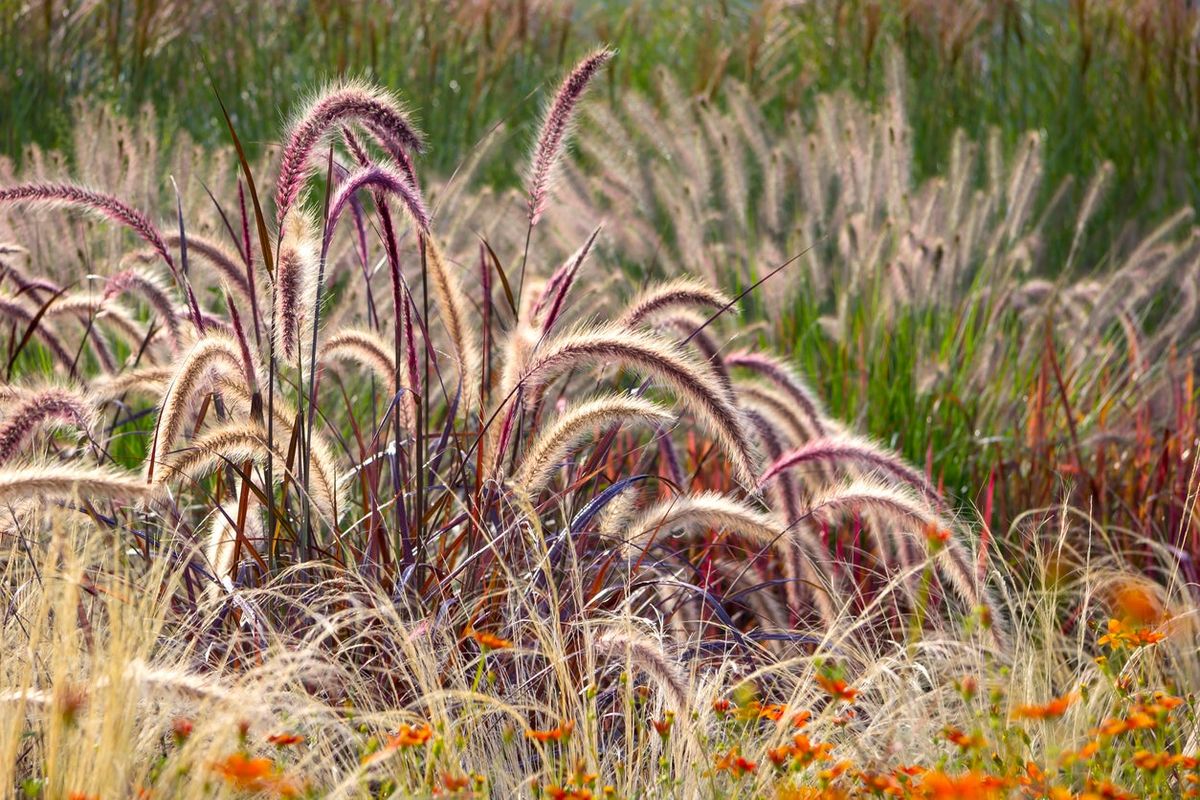
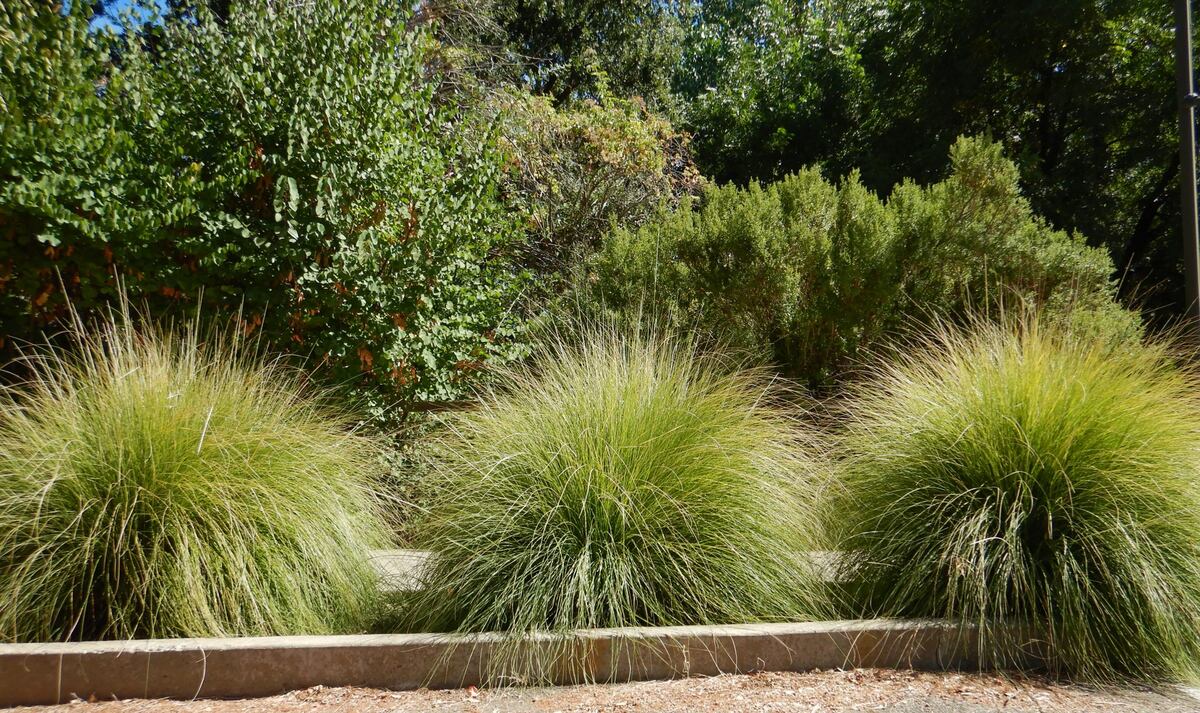
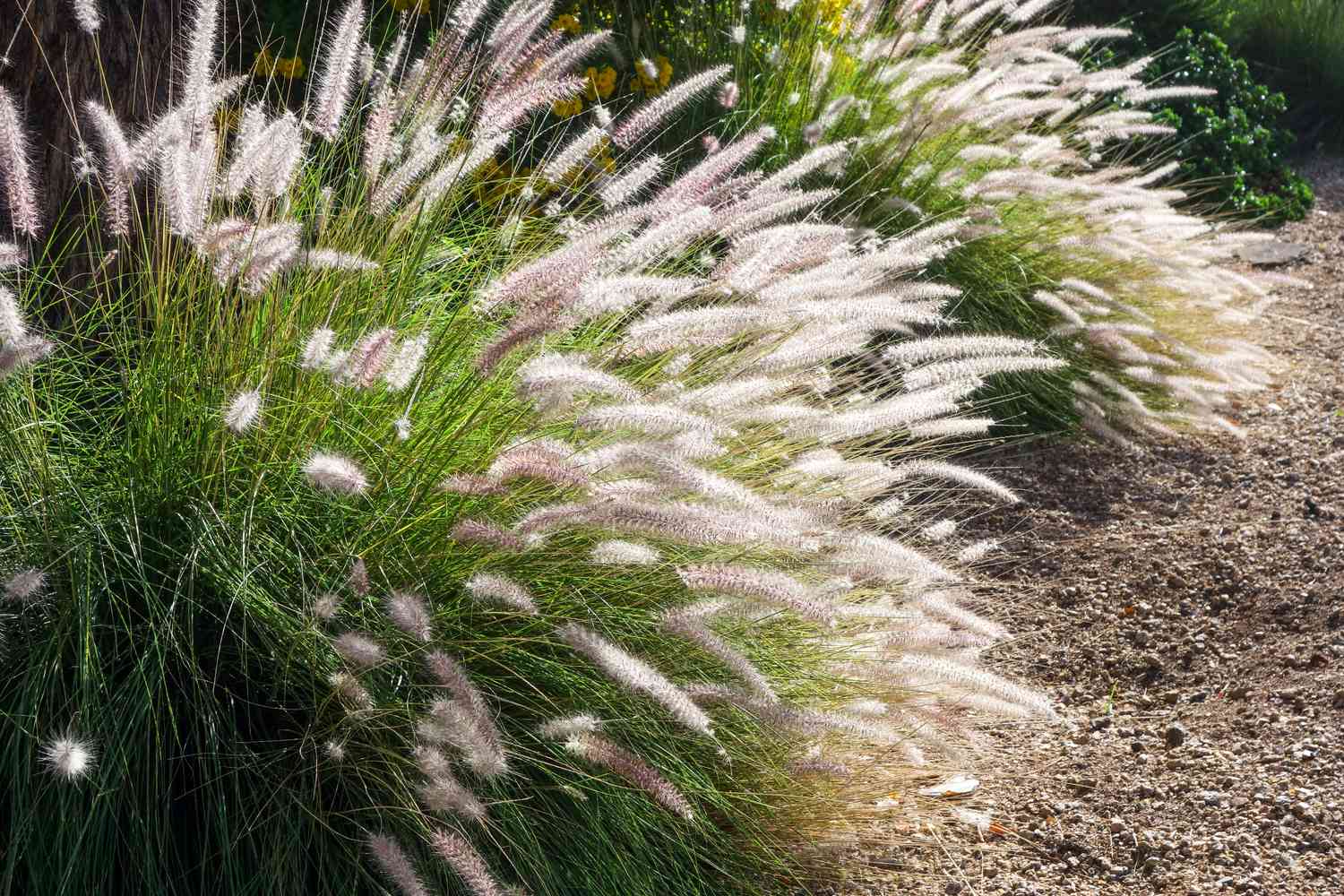
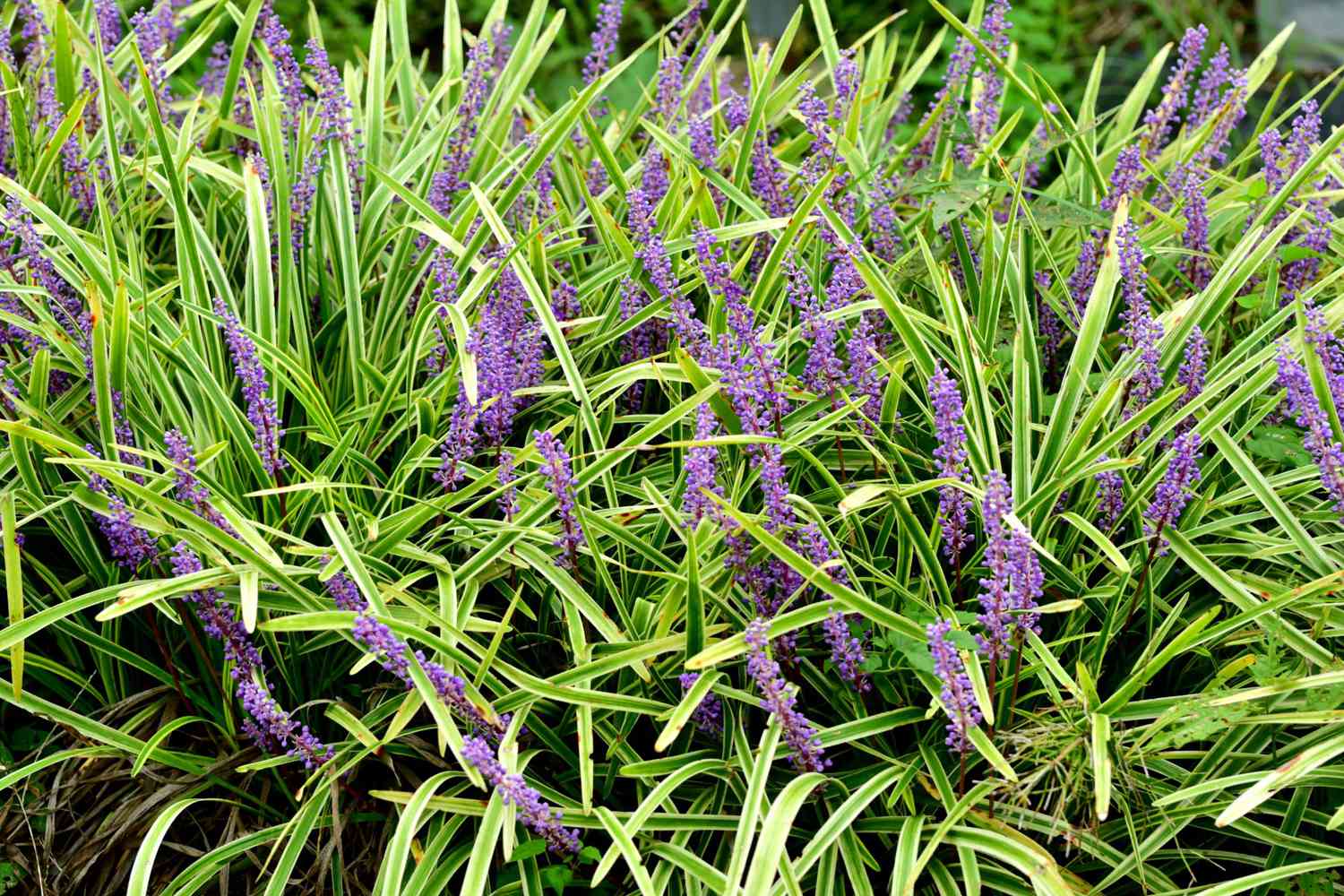

0 thoughts on “How To Grow Grass In Oklahoma”